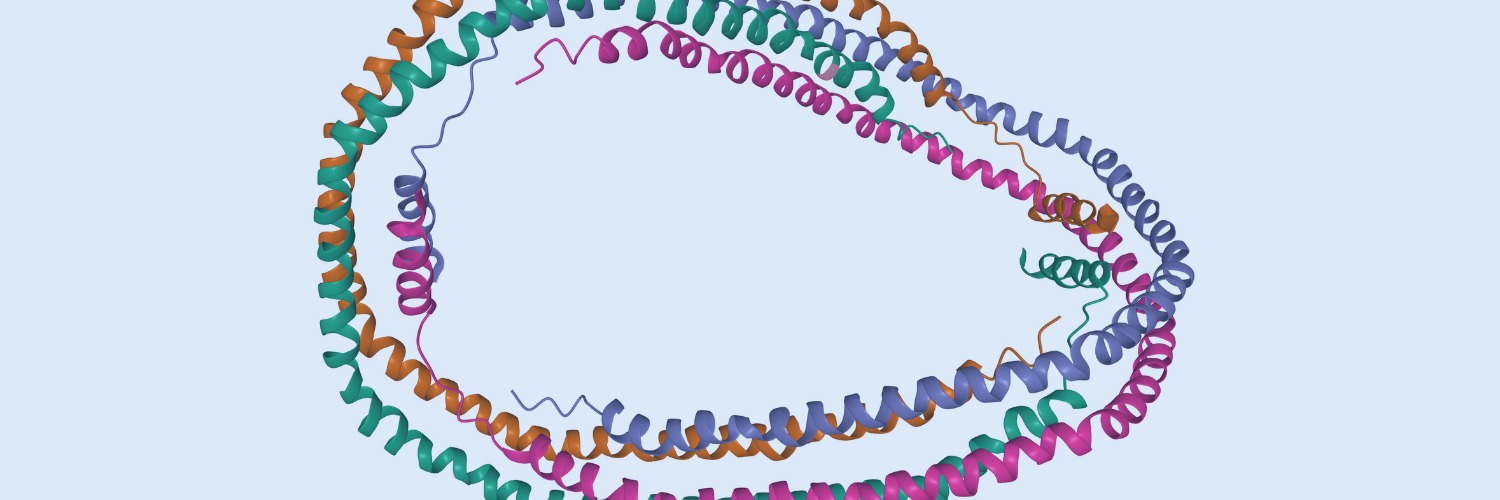Severe acute respiratory syndrome coronavirus 2 (SARS-CoV-2), the causative agent of COVID, replicates at intracellular membranes. Bone marrow stromal antigen 2 (BST-2; tetherin) is an antiviral response protein that inhibits transport of viral particles after budding within infected cells. RNA viruses such as SARS-CoV-2 use various strategies to disable BST-2, including use of transmembrane ‘accessory’ proteins that interfere with BST-2 oligomerization. ORF7a is a small, transmembrane protein present in SARS-CoV-2 shown previously to alter BST-2 glycosylation and function. In this study, we investigated the structural basis for BST-2 ORF7a interactions, with a particular focus on transmembrane and juxtamembrane interactions. Our results indicate that transmembrane domains play an important role in BST-2 ORF7a interactions and mutations to the transmembrane domain of BST-2 can alter these interactions, particularly single-nucleotide polymorphisms in BST-2 that result in mutations such as I28S. Using molecular dynamics simulations, we identified specific interfaces and interactions between BST-2 and ORF7a to develop a structural basis for the transmembrane interactions. Differences in glycosylation are observed for BST-2 transmembrane mutants interacting with ORF7a, consistent with the idea that transmembrane domains play a key role in their heterooligomerization. Overall, our results indicate that ORF7a transmembrane domain interactions play a key role along with extracellular and juxtamembrane domains in modulating BST-2 function.Copyright © 2023. Published by Elsevier B.V.


















